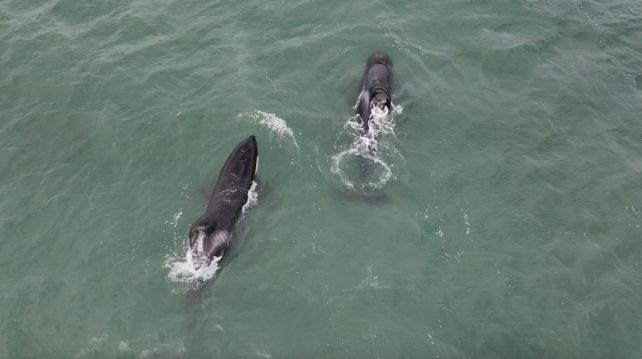Mimas, a moon of Saturn, has a massive impact crater on its surface, making it resemble the Death Star from Star Wars. Recently, researchers have discovered that this small icy moon, approximately 250 miles wide, has a hidden ocean buried miles below its damaged crust. This surprising finding places Mimas in an exclusive group of moons in our solar system known to have subterranean oceans, alongside Saturn’s Titan and Enceladus, and Jupiter’s Europa and Ganymede.
“At the surface of Mimas, there’s nothing that suggests the presence of a subsurface ocean. It’s a very unlikely candidate,” said Valéry Lainey, an astronomer at the Observatoire de Paris in France. The peculiarities in Mimas’s orbit prompted astronomers to consider the possibility of an elongated core covered in ice or an internal ocean allowing its outer shell to move independently of the core.
By examining thousands of images from Nasa’s Cassini mission to Saturn, Lainey and his team were able to determine Mimas’s precise spin and orbital motion. Their calculations indicated that Mimas must have a hidden subsurface ocean to move the way it does. This ocean, estimated to be 45 miles deep, exists beneath the moon’s 15-mile-thick icy shell and accounts for more than half of Mimas’s volume. According to their findings published in Nature, the ocean seems to have formed relatively recently, in the past 25 million years, due to powerful tidal forces from Saturn that deformed Mimas’s core, causing it to heat up and create the ocean.
The existence of global oceans in moons around Saturn and Jupiter has piqued the interest of space agencies in exploring the potential for harboring life. Notably, more than 100 geysers have been observed on Enceladus, indicating the potential for extraterrestrial microbes to be propelled into space and detected by visiting missions.
Lainey speculates that life could potentially exist on Mimas, given the presence of water in contact with warm rock, though the ocean’s relatively young age might limit the possibility of life having emerged. On the other hand, David Rothery, a professor of planetary geosciences at the Open University, suggests that even if Mimas does have a subsurface ocean, searching for signs of life there may be more challenging than on other moons like Europa and Enceladus. He points out that the internal ocean, where life could survive, is not directly accessible from the surface or space, making it less promising for detecting or sampling traces of life compared to moons like Europa and Enceladus.
Saturn’s ‘Mimas’ moon is hiding an ocean beneath its surface, scientists say















